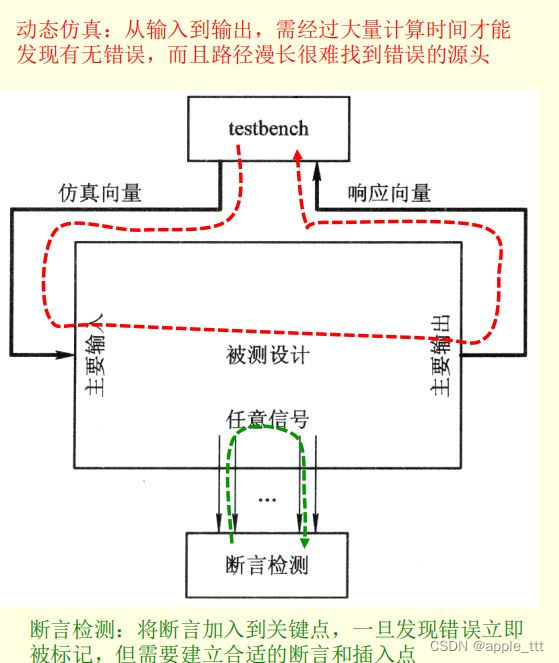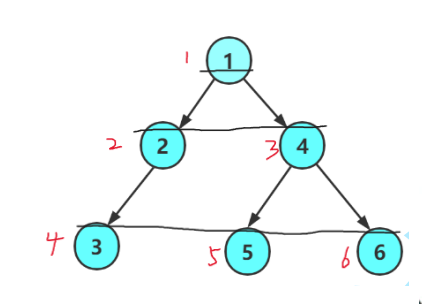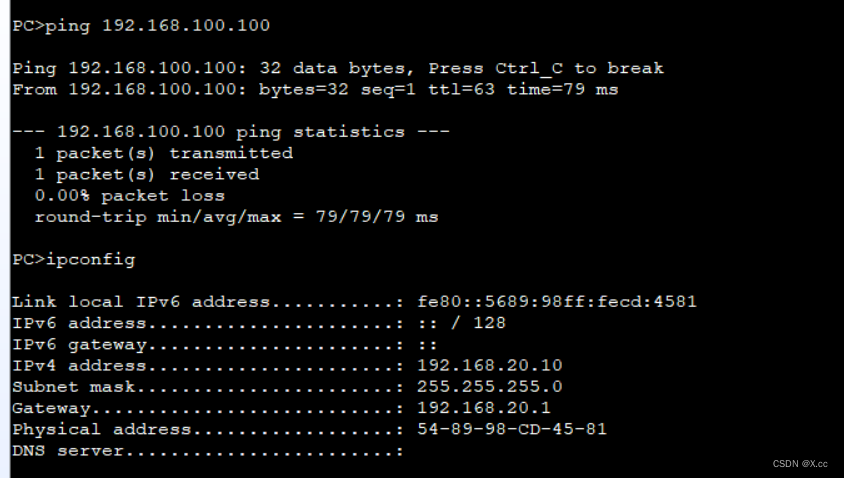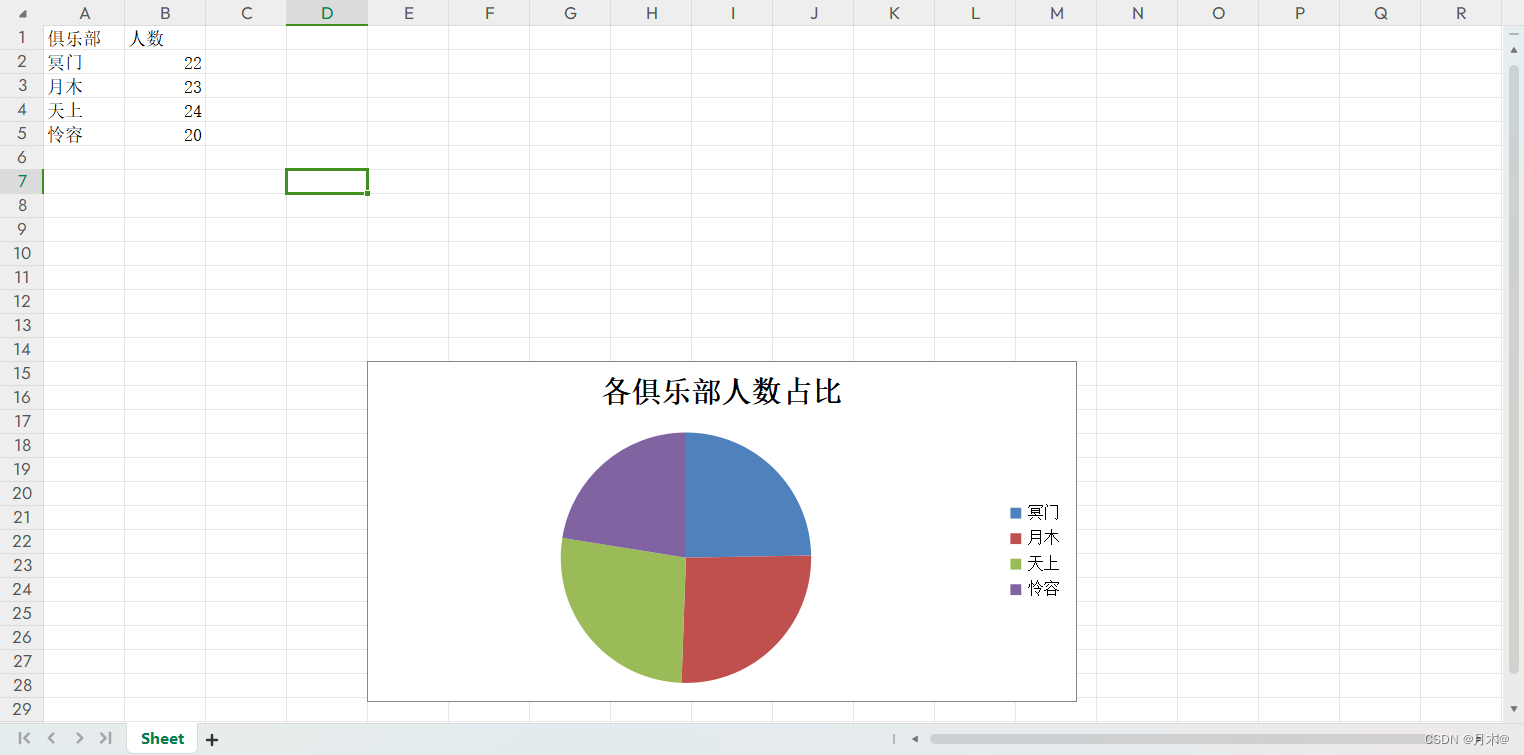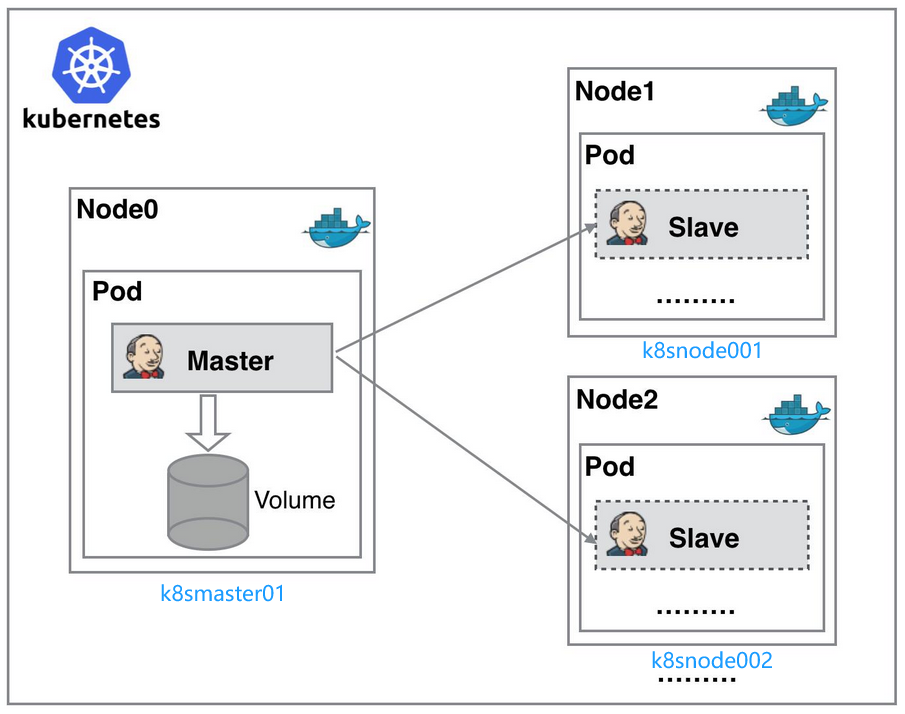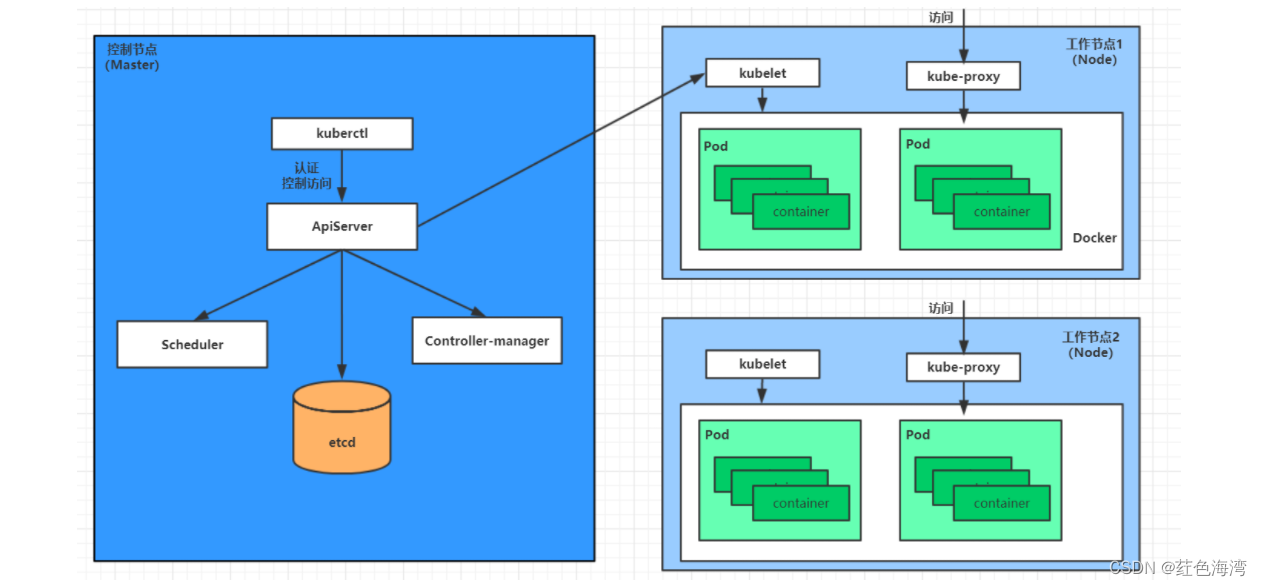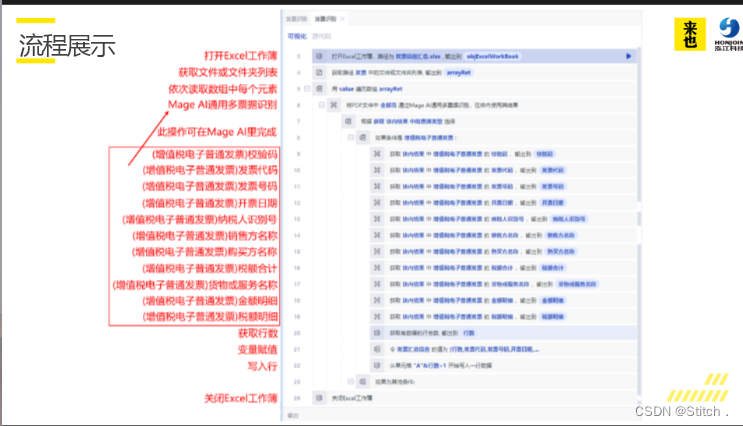Every day a Leetcode
题目来源:2707. 字符串中的额外字符
解法1:动态规划
题目要求将字符串 s 分割成若干个互不重叠的子字符串(以下简称为子串),同时要求每个子串都必须在 dictionary 中出现。一些额外的字符可能不属于任何子串,而题目要求最小化这些额外字符的数量。
设 n 是 s 的长度,现在有两种基本的分割方案:
- 把 s 的最后一个字符 s[i−1] 当做是额外字符,那么问题转为长度为 i−1 的子问题。
- 找到一个 j 使得 s 的后缀 s[j…i−1] 构成的子串在 dictionary,那么问题转为长度为 j−1 的子问题。
设 dp[i] 是 s[0,…,i] 中额外字符的最小值。
状态转移:
- 把 s[i-1] 当成额外字符,dp[i] = dp[i - 1] + 1。
- 遍历所有的 j(j∈[0,i−1]),如果子字符串 s[j…i−1] 存在于 dictionary 中,那么 dp[i] = min(dp[i], dp[j])。
初始状态 d[0]=0,最终答案为 d[n]。
查找子串 s[j…i−1] 是否存在于 dictionary 可以使用哈希表。
代码:
/*
* @lc app=leetcode.cn id=2707 lang=cpp
*
* [2707] 字符串中的额外字符
*/
// @lc code=start
class Solution
{
public:
int minExtraChar(string s, vector<string> &dictionary)
{
int n = s.length();
// dp[i] 是 s[0,...,i] 中额外字符的最小值
vector<int> dp(n + 1, INT_MAX);
// 初始化
dp[0] = 0;
// 建哈希表
unordered_map<string, int> hash;
for (string &dic : dictionary)
hash[dic]++;
// 状态转移
for (int i = 1; i <= n; i++)
{
// 将 s[i-1] 视为额外的字符,额外字符数 +1
dp[i] = dp[i - 1] + 1;
for (int j = i - 1; j >= 0; j--)
{
string temp = s.substr(j, i - j);
if (hash.count(temp))
{
// 状态转移方程
dp[i] = min(dp[i], dp[j]);
}
}
}
return dp[n];
}
};
// @lc code=end
结果:

复杂度分析:

解法2:字典树优化
注意到,方法一查找某个子串是否在 dictionary 时效率很低,假设我们已经查找了子串 s[j+1…i−1],接下来又要查找子串 s[j…i−1],而后者只比前者多了一个字符 s[j],却要花 O(n) 的时间重复查找。
我们可以使用字典树来优化这一过程。
由于我们总是查找 s 的后缀是否存在,因此需要将 dictionary 中的字符串翻转后插入字典树。在找到字典树上表示后缀 s[j+1…i−1] 的节点后,只需要 O(1) 的时间来判断表示后缀 s[j…i−1] 的节点是否存在。因此,转移过程的总时间复杂度为 O(n),动态规划整体求解的时间复杂度降低为 O(n2)。
代码:
// 字典树优化
class Trie
{
private:
vector<Trie *> children;
bool isEnd;
public:
Trie() : children(26), isEnd(false) {}
void insert(string word)
{
Trie *node = this;
for (char ch : word)
{
ch -= 'a';
if (node->children[ch] == nullptr)
{
node->children[ch] = new Trie();
}
node = node->children[ch];
}
node->isEnd = true;
}
bool track(Trie *&node, char ch)
{
if (node == nullptr || node->children[ch - 'a'] == nullptr)
{
node = nullptr;
return false;
}
node = node->children[ch - 'a'];
return node->isEnd;
}
};
class Solution
{
public:
int minExtraChar(string s, vector<string> &dictionary)
{
int n = s.size();
vector<int> d(n + 1, INT_MAX);
Trie trie;
for (auto s : dictionary)
{
reverse(s.begin(), s.end());
trie.insert(s);
}
d[0] = 0;
for (int i = 1; i <= n; i++)
{
d[i] = d[i - 1] + 1;
Trie *node = ≜
for (int j = i - 1; j >= 0; j--)
{
if (trie.track(node, s[j]))
{
d[i] = min(d[i], d[j]);
}
}
}
return d[n];
}
};
结果:

复杂度分析:



